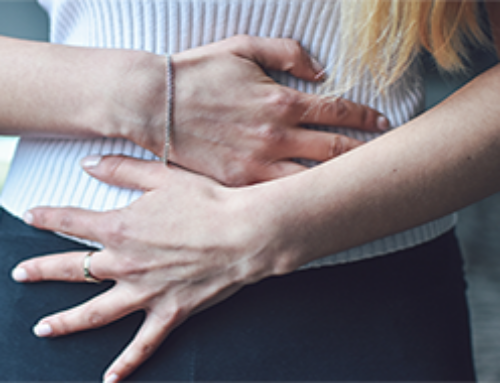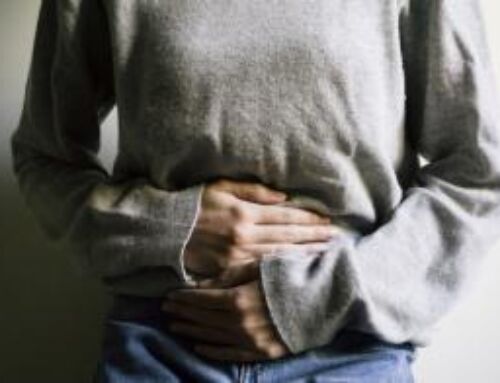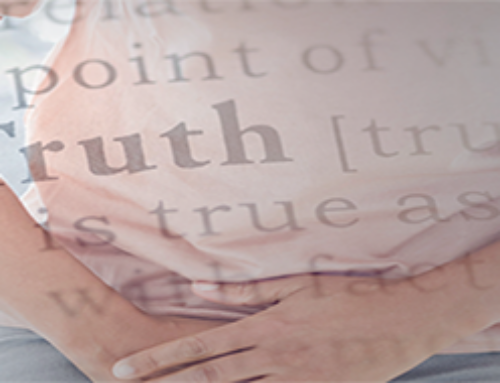Pudendal neuralgia from pudendal nerve entrapment in a majority of cases produce the same urological symptoms that are described for Interstitial Cystitis.
Combined sacral neuromodulation and bilateral pudendal nerve release surgery has been reported as a successful treatment for a woman diagnosed with bilateral pudendal neuralgia from pudendal nerve entrapment after over 15-years of suffering in New South Wales, Sydney Australia.
The case involved a 35-year old female who had complaints of severe pelvic pain associated with urinary frequency, urgency, nocturia, and exquisite pain at the urethral meatus that began after her first vaginal delivery. She was diagnosed with interstitial cystitis (IC). Later she developed persistent genital arousal disorder and dyspareunia along with shooting pain in the perineum that was exacerbated with sitting and bladder filling. Bowel symptoms included difficulty with evacuation and constipation. Pain limited her ability to manage her activities of daily living (ADLs). Her IC was unsuccessfully treated for years. Ultimately an MRI revealed bilateral narrowing around the pudendal nerve at the sacrospinous and sacrotuberous ligament and she was diagnosed with pudendal neuralgia with pudendal nerve entrapment. She underwent bilateral pudendal nerve decompression and neurostimulator placement with leads at the sacral roots and adjacent to the right and left pudendal nerves. Six months after surgery she had no further pelvic pain except with strenuous physical activity.
Dr. Greg Vigna, MD, JD, national pharmaceutical injury attorney, practicing physician, and Certified Life Care Planner states, “Obviously this is a great outcome. Unfortunately, her pudendal nerve entrapment that should have been diagnosed years earlier as her symptoms were clearly neuropathic in origin and pudendal nerve entrapment must be considered in every patient with the diagnosis of IC. In addition, persistent genital arousal disorder (PGAD) is clearly a red flag for pudendal neuralgia and she had other symptoms that were consistent with pudendal neuralgia as described by the Nantes Criteria.”
“Physicians who haven’t been warned that pudendal neuralgia is a complication of transobturator slings … will unknowingly take their patients down the wrong path of treating Interstitial Cystitis. ” — Dr. Greg Vigna
Dr. Kenneth Peters is a leading urologist in North America who specializes in neuromodulation and is the medical director of the Beaumont Women’s Urology and Pelvic Health Center in Detroit. He commented on the topic in a journal article, “I, too, believe the pudendal nerve is involved in many of the pain syndromes associated with the interstitial cystitis syndrome. Often in my practice we will perform diagnostic and therapeutic pudendal nerve blocks to help with the pain.”
Dr. Vigna adds, “Pudendal neuralgia from pudendal nerve entrapment in a majority of cases produce the same urological symptoms that are described for IC. Transobturator slings cause secondary nerve entrapment of the pudendal nerve at Alcock’s canal leading to symptoms of IC. Physicians who haven’t been warned that pudendal neuralgia is a complication of transobturator slings, and that it may occur years after implantation, will unknowingly take their patients down the wrong path of treating IC. Not surprising, this results in no improvement, sometimes for years, while at the same time the pudendal nerve is progressively become entrapped as the TOT degrades, contracts, and scars in the obturator internus muscle adjacent to the nerve. These women require complete mesh removal and if symptoms persist following mesh removal, then pudendal nerve decompression with or without neurostimulation. ”
Dr. Vigna concurs with Dr. Peters that any patient with the diagnosis of IC who has symptoms of pudendal nerve entrapment should be evaluated for this underlying neurological condition that can be treated. The symptoms of pudendal neuralgia and pudendal nerve entrapment include the following as describe by the Nantes Criteria:
- Pain in the territory of the pudendal nerve from the anus to the clitoris
- Pain is predominantly experience while sitting
- Pain relieved by a diagnostic pudendal nerve block
- Burning, shooting, stabbing pain in the perineum
- Pain in the perineum with wearing tight pants/underwear (allodynia)
- Foreign body sensation in the rectum or vagina
- Suprapubic pain, bladder pain, urinary frequency, and urethral pain
- Dyspareunia (pain with sex) before and after
Dr. Vigna concludes, “We have filed latent pudendal nerve injury cases caused by TOT slings with symptoms of bladder pain, frequency, and urethral pain occurring years after implantation. Most of these women have been diagnosed with IC and were treated unsuccessfully for years only to be diagnosed with pudendal neuralgia and pudendal nerve entrapment as their pain syndrome worsens.”
The Vigna Law Group’s target devices include the transobturator slings and mini-slings that insert into the obturator internus muscle as they cause pudendal neuralgia and symptoms consistent with IC including the following:
- Ethicon: TVT-O, Abbrevo
- Boston Scientific: Obtryx, Solyx
- Coloplast: Aris, Altis
Dr. Vigna is a California and Washington DC lawyer who focuses on catastrophic neurological injuries caused by transvaginal mesh devices including pudendal neuralgia, obturator neuralgia, ilioinguinal neuralgia, and Complex Regional Pain Syndrome. He has clients filed around the country with the neurological injuries caused by transvaginal mesh with Martin Baughman, a Dallas Texas firm. Ben Martin and Laura Baughman are national pharmaceutical injury trial attorneys in Dallas, Texas.
To learn more on the anatomical basis for TOT injury or irritation to the obturator and pudendal nerve and the treatments of obturator and pudendal neuralgia visit: https://vignalawgroup.com/ebooks/pelvic-mesh-pain/#page=59 and click here for a FREE BOOK on Vaginal Mesh Pain.
For articles, video resources, and information visit the Pudendal Neuralgia Educational Portal or https://tvm.lifecare123.com/. Click here for information regarding sling related complications.
References:
- A prospective, single‐blind, randomized crossover trial of sacral vs pudendal nerve stimulation for interstitial cystitis. Peters KM, Feber KM, Bennett RC. BJU International. 2007.
- Sacral neuromodulation decreases narcotic requirements in refractory interstitial cystitis. Peters KM, Konstandt D. BJU International. 2004.
- Re: Interstitial Cystitis—Is it Time to Look Beyond the Bladder? Peters KM. J Urol. 2012; 187: 381–382.
- Combined site-specific sacral neuromodulation and pudendal nerve release surgery in patient with interstitial cystitis and persistent arousal. Armstrong, Vancaillie. BMJ Case Rep. 2016
- De novo pudendal neuropathy after TOT-O surgery for stress urinary incontinence. Paulson JD, Baker J. Journal of the Society of Laparoendoscopic Surgeons 2011;15(3):326-30.





